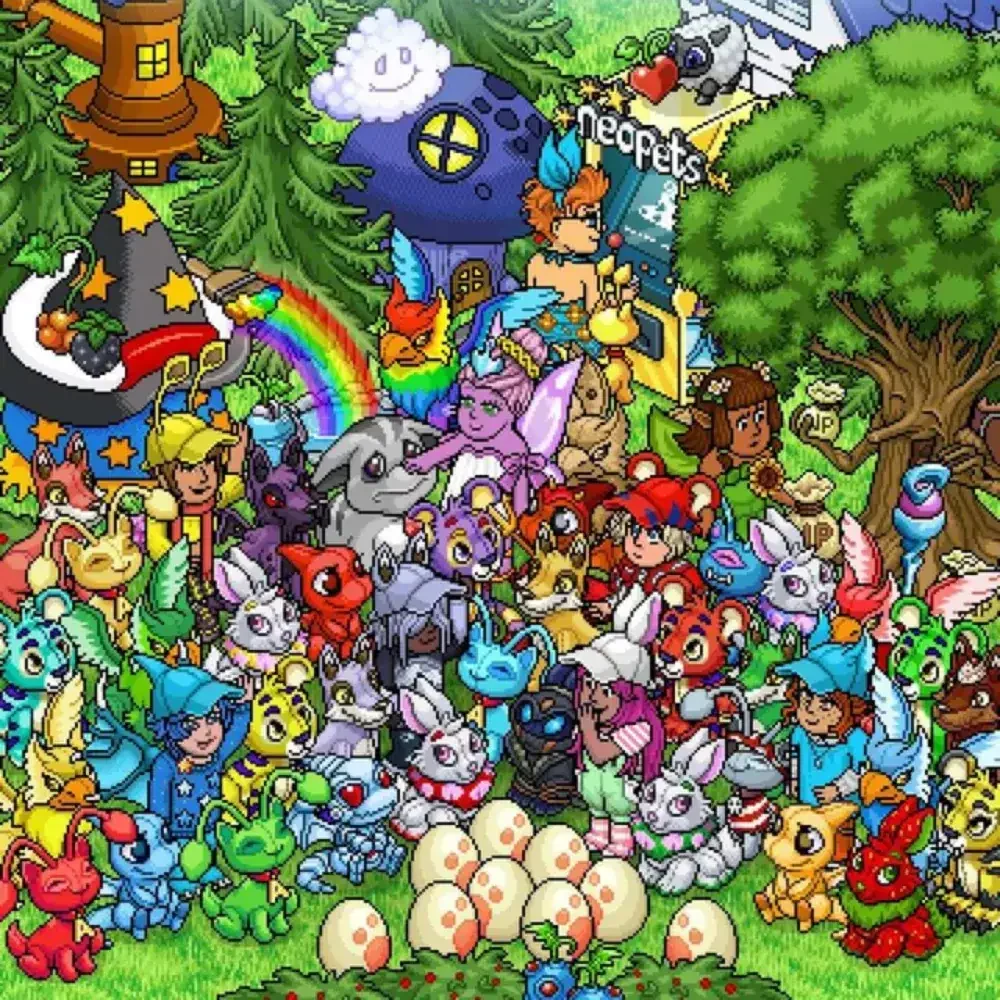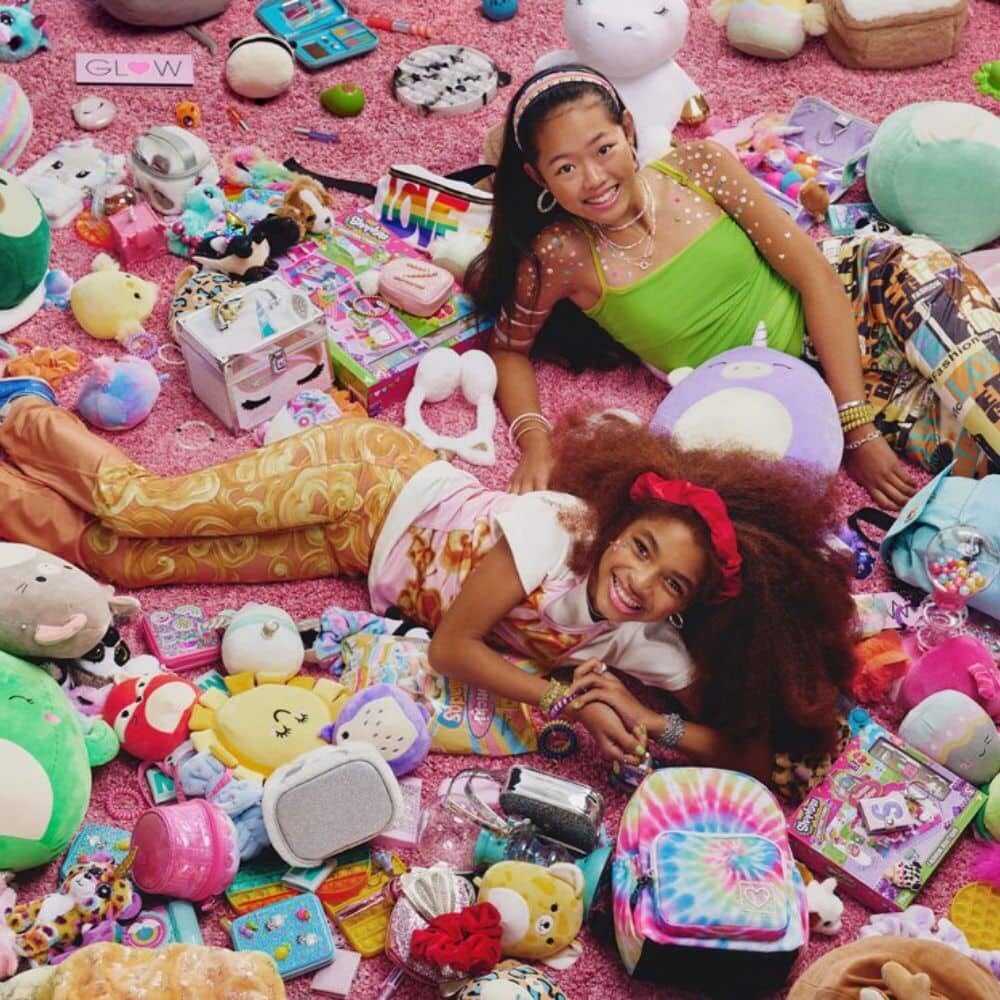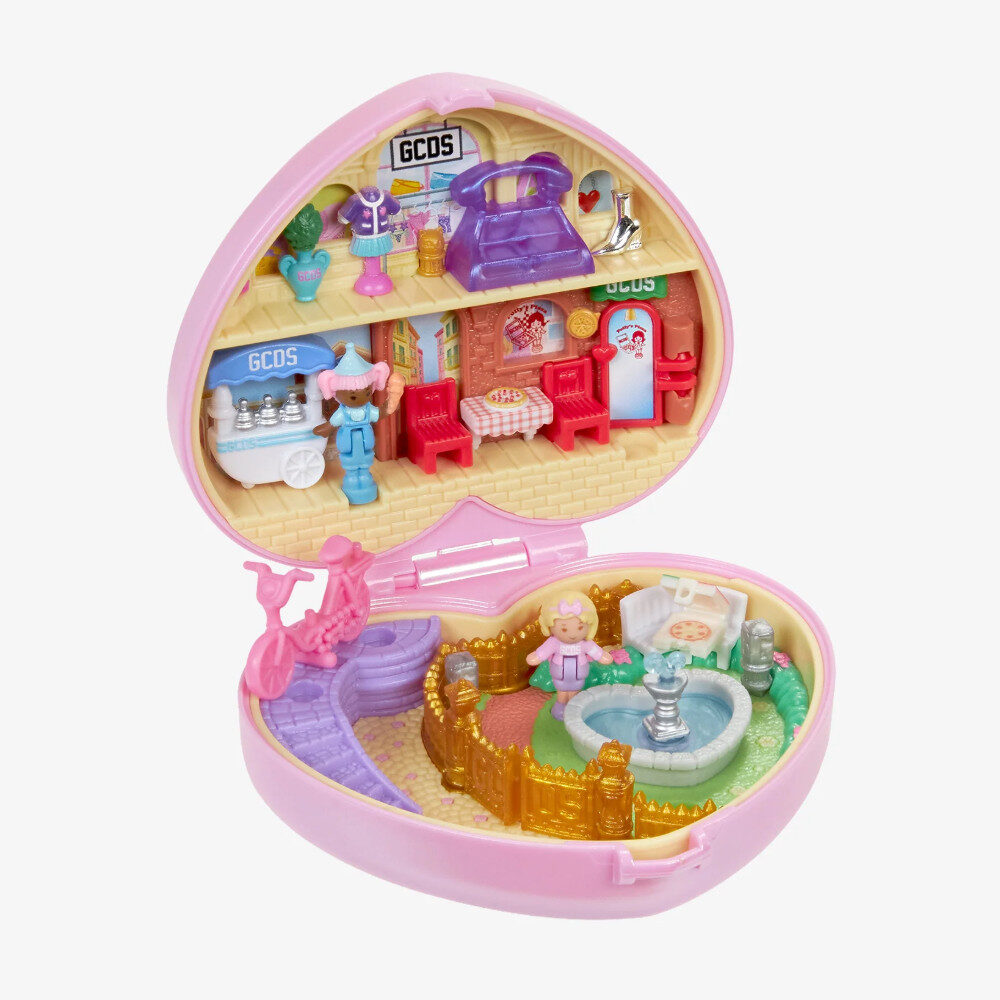
Sunset Valley Is Rotting, and I’m Still Playing
With every new life sim release, something gets shinier — but also flatter. Meanwhile, The Sims 3 continues to spiral in on itself, breaking in new ways and revealing stranger layers the longer you play. 600 hours deep, it’s still the only game I know that feels alive in its decay.
TEXT
There’s a point around hour 400 where your perception of The Sims 3 shifts. Things stop feeling nostalgic and start feeling vaguely haunted. Trees render with a kind of nervous energy. Sims move like they’re being watched. Entire households get culled for no reason. But that’s also when it starts getting good — when the cracks stop bothering you and start behaving like part of the game’s ecosystem.
I recently added another 600 hours to my already bloated save folder and, in the middle of it, watched a video from izzzyzzz about the game’s creepier side. It was oddly comforting to realise I’m not alone in noticing how off this game has always felt. Not scary, not dramatic. Just… uncanny. Like it’s been sitting there fermenting since 2009 and no one’s thought to check on it.
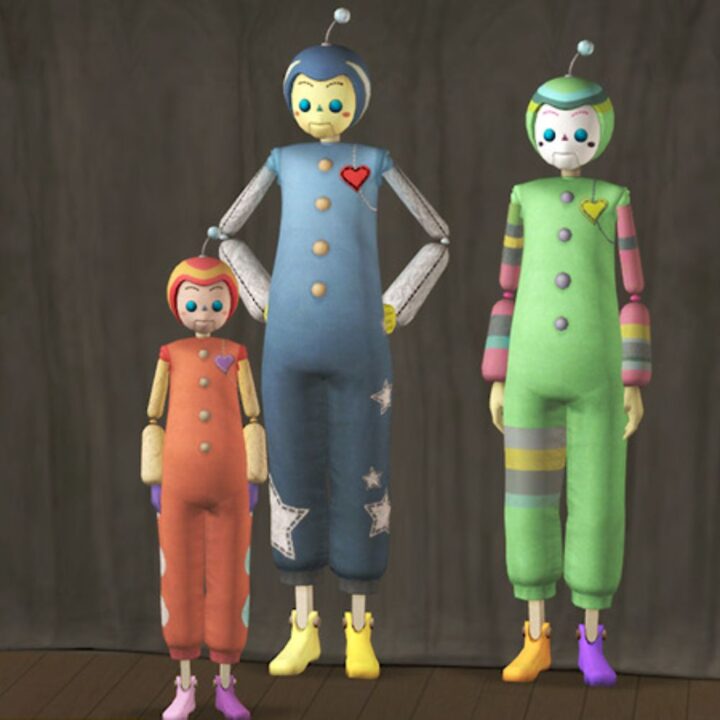
That’s what I love about it, really. The Sims 3 doesn’t care if you’re trying to play it “normally.” The world is too detailed, too buggy, too unstable to stay static. You can design the most beautiful house you’ve ever built and your Sim will still autonomously sleep in the cheapest bed. That kind of energy — chaotic, overstuffed, strangely sincere — is what keeps me here.
Other life sims have come and gone since then, all promising sleeker systems, smarter AI, smoother loading screens. None of them have stuck. They don’t spiral in the same way. They don’t have layered towns where a Sim’s great-grandmother is a playable ghost with her own family tree. They don’t have community lots that start out charming and end up cursed based solely on who lives nearby. In The Sims 3, the world runs whether or not you’re watching — and it decays a little bit every time you load it. There’s something beautifully anti-slick about that.
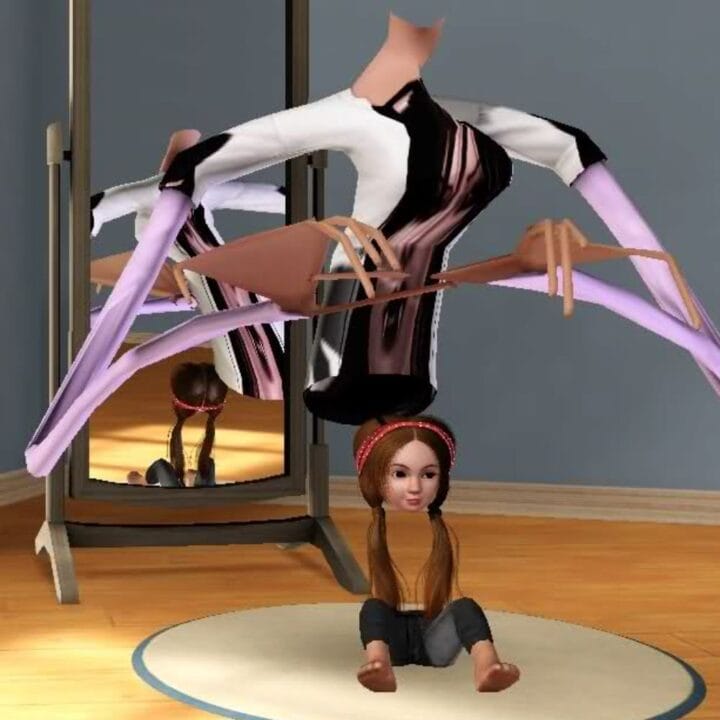
Open-world gameplay makes everything feel connected, but also increasingly unstable the longer you play. You start to notice the scaffolding. Like how pre-mades often already know each other, or how the game will quietly delete Sims from the population when the save file gets too big. It’s subtle, but it creates a sense that the town is eroding. You’re not meant to notice, but you do.
It’s not perfect. The Sims 3 is famously bloated, prone to corrupted saves, and propped up by ancient mod files that barely function on modern machines. I’ve lost legacies to the laundry system alone. But even then, it’s hard to resent it. It’s aged like a Victorian greenhouse — overgrown, foggy, barely functional, and kind of stunning for it.
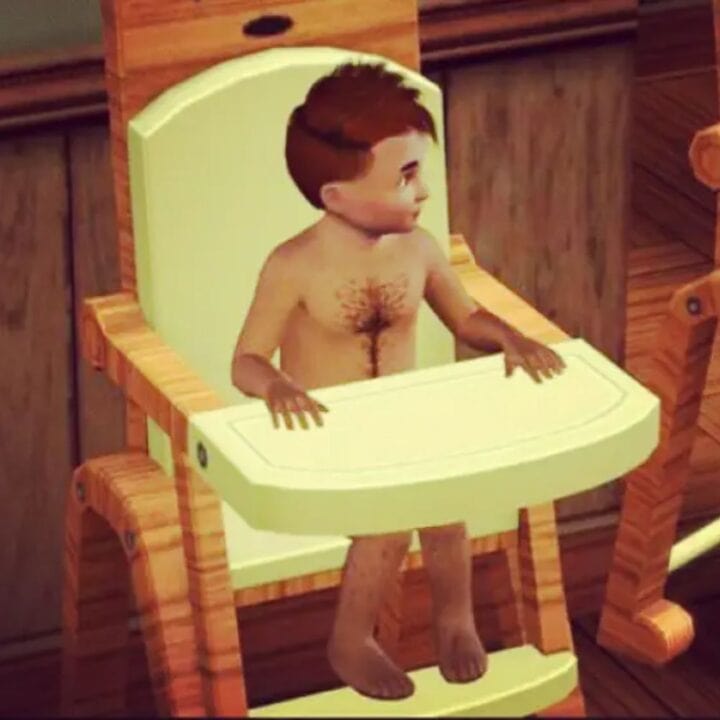
There’s a slow intimacy that builds with this game. It’s not about instant gratification. You start noticing how the weather rolls in before a Sim dies, or how Story Progression quietly reassigns Sims to strange jobs. You begin building your own myths, saving weird screenshots, watching households you’re not controlling just to see what they’ll do. I once had a Sim get a job at the bistro and, without my input, end up marrying the town’s most reclusive painter. They now live in a house I’ve never entered.
And yet it can be peaceful, too. You can spend hours just building a lakeside cabin no one will use. You can max out gardening so your Sim can plant cheese. You can throw a party and have one guest show up — the town loner, who brings a plate of autumn salad and never speaks. The game doesn’t punish you for wasting time. It leans into it.
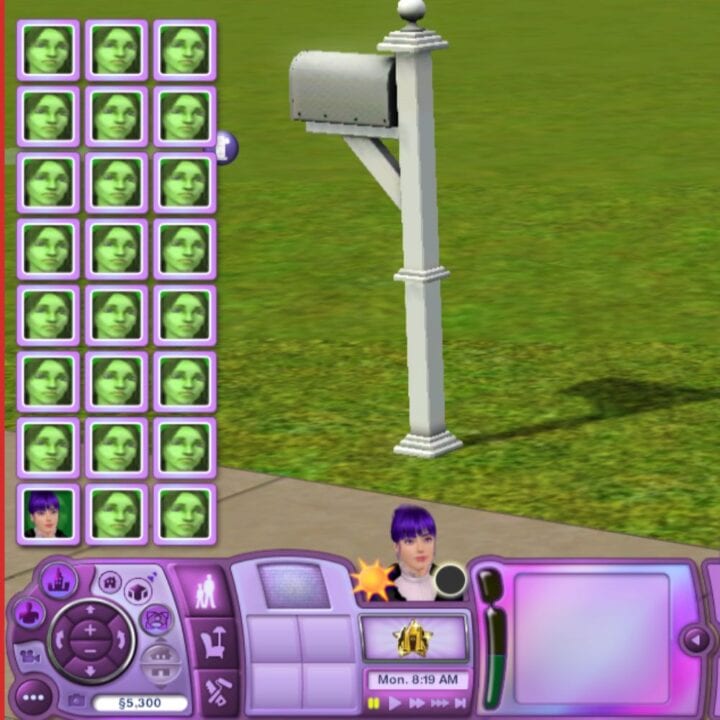
That’s why I still come back. Not out of nostalgia, but because the game feels genuinely endless. Not in a content-heavy way — there are only so many careers, only so many life stages — but in the way a dream feels endless. Loosely structured, slightly decaying, but full of small, unfinished moments. There’s always a new bug, a new story fragment, a Sim behaving like they’ve short-circuited. You can’t predict it. You just let it unfold.
And just to be clear — this isn’t a love letter to EA. It’s a love letter to the way a game can glitch itself into something more human. The Sims 3 wasn’t meant to feel like this, and maybe that’s the point. It doesn’t need a reboot, or a remaster. It already works, just maybe not the way you’d expect. There’s nothing else quite like it — a life simulator that feels more like a living archive, constantly writing and rewriting its own messy mythology in the background. Other games promise control. The Sims 3 offers entropy. And I’m still here, happy to play until the whole thing unravels again.
There’s a point around hour 400 where your perception of The Sims 3 shifts. Things stop feeling nostalgic and start feeling vaguely haunted. Trees render with a kind of nervous energy. Sims move like they’re being watched. Entire households get culled for no reason. But that’s also when it starts getting good — when the cracks stop bothering you and start behaving like part of the game’s ecosystem.
I recently added another 600 hours to my already bloated save folder and, in the middle of it, watched a video from izzzyzzz about the game’s creepier side. It was oddly comforting to realise I’m not alone in noticing how off this game has always felt. Not scary, not dramatic. Just… uncanny. Like it’s been sitting there fermenting since 2009 and no one’s thought to check on it.

That’s what I love about it, really. The Sims 3 doesn’t care if you’re trying to play it “normally.” The world is too detailed, too buggy, too unstable to stay static. You can design the most beautiful house you’ve ever built and your Sim will still autonomously sleep in the cheapest bed. That kind of energy — chaotic, overstuffed, strangely sincere — is what keeps me here.
Other life sims have come and gone since then, all promising sleeker systems, smarter AI, smoother loading screens. None of them have stuck. They don’t spiral in the same way. They don’t have layered towns where a Sim’s great-grandmother is a playable ghost with her own family tree. They don’t have community lots that start out charming and end up cursed based solely on who lives nearby. In The Sims 3, the world runs whether or not you’re watching — and it decays a little bit every time you load it. There’s something beautifully anti-slick about that.

Open-world gameplay makes everything feel connected, but also increasingly unstable the longer you play. You start to notice the scaffolding. Like how pre-mades often already know each other, or how the game will quietly delete Sims from the population when the save file gets too big. It’s subtle, but it creates a sense that the town is eroding. You’re not meant to notice, but you do.
It’s not perfect. The Sims 3 is famously bloated, prone to corrupted saves, and propped up by ancient mod files that barely function on modern machines. I’ve lost legacies to the laundry system alone. But even then, it’s hard to resent it. It’s aged like a Victorian greenhouse — overgrown, foggy, barely functional, and kind of stunning for it.

There’s a slow intimacy that builds with this game. It’s not about instant gratification. You start noticing how the weather rolls in before a Sim dies, or how Story Progression quietly reassigns Sims to strange jobs. You begin building your own myths, saving weird screenshots, watching households you’re not controlling just to see what they’ll do. I once had a Sim get a job at the bistro and, without my input, end up marrying the town’s most reclusive painter. They now live in a house I’ve never entered.
And yet it can be peaceful, too. You can spend hours just building a lakeside cabin no one will use. You can max out gardening so your Sim can plant cheese. You can throw a party and have one guest show up — the town loner, who brings a plate of autumn salad and never speaks. The game doesn’t punish you for wasting time. It leans into it.

That’s why I still come back. Not out of nostalgia, but because the game feels genuinely endless. Not in a content-heavy way — there are only so many careers, only so many life stages — but in the way a dream feels endless. Loosely structured, slightly decaying, but full of small, unfinished moments. There’s always a new bug, a new story fragment, a Sim behaving like they’ve short-circuited. You can’t predict it. You just let it unfold.
And just to be clear — this isn’t a love letter to EA. It’s a love letter to the way a game can glitch itself into something more human. The Sims 3 wasn’t meant to feel like this, and maybe that’s the point. It doesn’t need a reboot, or a remaster. It already works, just maybe not the way you’d expect. There’s nothing else quite like it — a life simulator that feels more like a living archive, constantly writing and rewriting its own messy mythology in the background. Other games promise control. The Sims 3 offers entropy. And I’m still here, happy to play until the whole thing unravels again.

Enjoyed this story? Support independent gaming and online news by purchasing the latest issue of G.URL. Unlock exclusive content, interviews, and features that celebrate feminine creatives. Get your copy of the physical or digital magazine today!


